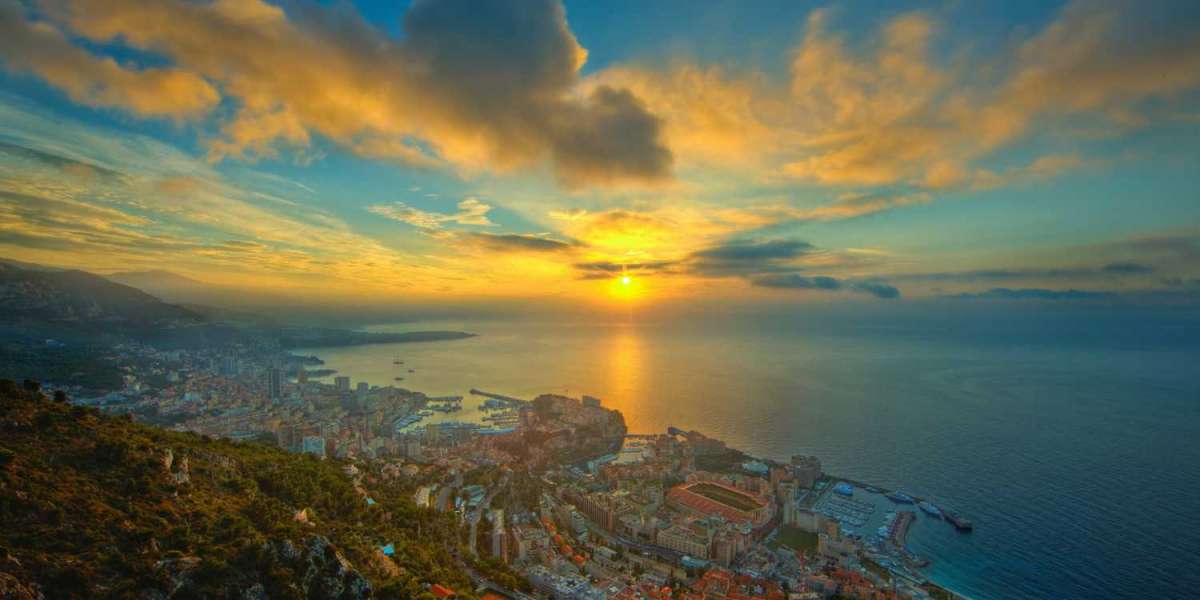Introduction:
In January 2012, off the coast of Giglio Island in the Mediterranean Sea, an unimaginable maritime disaster unfolded. The Costa Concordia, a majestic cruise ship that once symbolized opulence and luxury, became the site of a calamitous event that gripped the world. What was meant to be a leisurely journey turned into a harrowing nightmare, forever etching its place in history as one of the most tragic maritime incidents of our time.
Detailed Description:
On the evening of January 13, 2012, the Costa Concordia set sail from Civitavecchia, Italy, carrying more than 4,200 passengers and crew members. Led by Captain Francesco Schettino, the cruise liner embarked on a week-long Mediterranean cruise, with stops planned in Italy, France, Spain, and Tunisia. The atmosphere on board was one of excitement and anticipation, as passengers settled into their cabins and eagerly explored the ship's luxurious amenities.
However, just a few hours into the voyage, disaster struck. While navigating the treacherous waters near Giglio Island, the Costa Concordia unexpectedly veered off course, sailing dangerously close to the rocky shores. The sight of the mammoth ship so precariously close to land caused panic among the passengers and crew.
Frantic chaos ensued as the ship's crew struggled to address the escalating crisis. Despite warnings from officers on the ship's bridge, Captain Schettino failed to take immediate action to correct the course, leading to a catastrophic collision with a submerged rock. The impact tore a large gash in the ship's hull, resulting in a critical loss of stability.
As the Costa Concordia started to list, panic and confusion gripped those on board. Passengers were thrown off balance, furniture toppled, and chaos reigned in the darkness. The ship's emergency procedures were quickly overwhelmed by the magnitude of the situation, leaving many to fend for themselves amidst the mounting chaos and fear.
Amidst the chaos, the bravery and determination of the ship's crew and members of the Coast Guard came to the forefront. They selflessly worked together to rescue passengers, leading many to safety on lifeboats and assisting others in navigating the perilous terrain of the ship's capsized decks. Their efforts, often risking their own lives, helped save numerous people from the clutches of impending tragedy.
The aftermath of the disaster saw 32 lives tragically lost, as rescue efforts were complicated by the ship's perilous position. Months of salvage operations were needed to upright and tow the stricken vessel away from Giglio Island's shores, serving as a constant reminder of the tragic event that had unfolded.
Conclusion:
The Costa Concordia disaster of February 2012 stands as a stark reminder of the vulnerability of even the grandest of ships. As the world mourned the lives lost and witnessed the painstaking salvage operation, it also brought the focus onto maritime safety regulations, captain responsibility, and the importance of emergency preparedness. The calamity left an indelible mark on the cruise industry, prompting reassessment of safety protocols and a recommitment to ensuring the well-being of all those who embark on future voyages.



